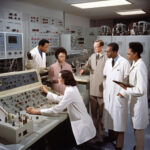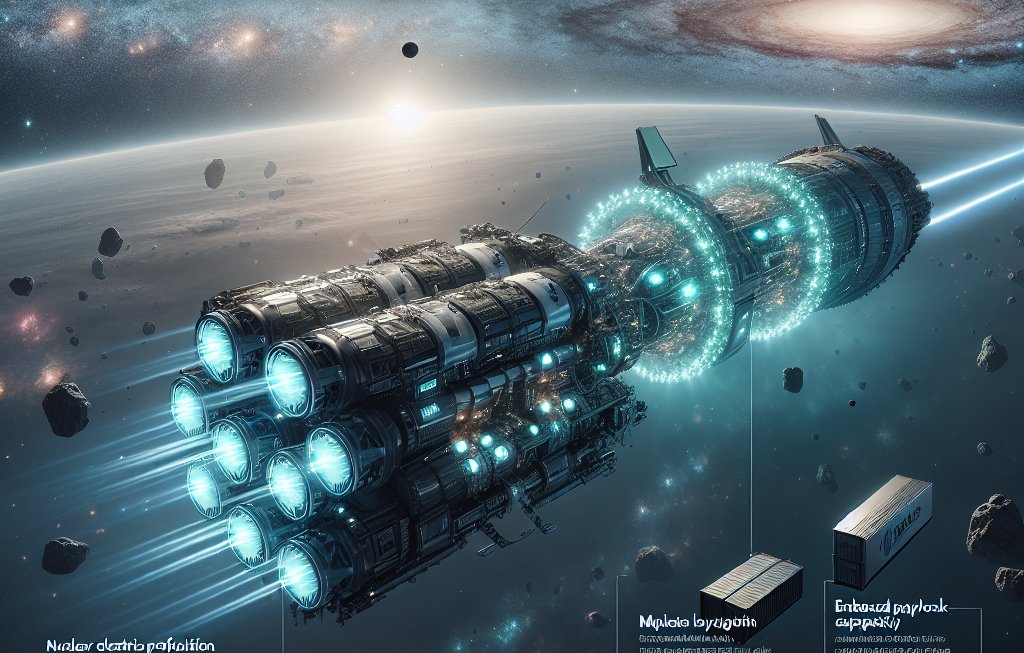RTGs: The Nuclear Heart that Runs Spacecraft Far Beyond the Sun’s Reach
Ever wonder how a spacecraft millions or even billions of miles from the Sun can still function with power and precision? The answer lies in Radioisotope Thermoelectric Generators (RTGs), the unsung heroes powering numerous deep space missions. These compact nuclear powerhouses have been instrumental in enabling spacecraft to explore the outer reaches of our solar system and beyond, where solar power is insufficient.
RTGs work on a simple yet ingenious principle: the radioactive decay of isotopes generates heat, which is then converted into electricity using thermocouples. Unlike solar panels that are limited by the intensity of sunlight, RTGs can produce electricity continuously regardless of the distance from the Sun or orientation of the spacecraft. This reliability makes them indispensable for missions to distant planets, moons, and interstellar space.
One of the most famous applications of RTGs is the Voyager missions, launched by NASA in the late 1970s. Voyager 1 and Voyager 2, the farthest human-made objects from Earth, are still operational today, thanks to the RTGs powering their instruments and transmitters. These spacecraft have provided humanity with invaluable data about the outer planets, their moons, and the vast space between the stars.
Another notable example is the Mars rover Curiosity, which has been exploring the Red Planet since 2012. Despite the dust storms and harsh Martian winters that can block sunlight, Curiosity continues its scientific investigations powered by an RTG. This nuclear energy source has allowed the rover to traverse long distances, drill into rocks, and analyze samples to uncover the planet’s geological and potentially habitable past.
RTGs have also been essential for missions to the outer planets, such as Jupiter, Saturn, Uranus, and Neptune. The Galileo spacecraft, which studied Jupiter and its moons in the 1990s, utilized RTGs to navigate the Jovian system and transmit data back to Earth. Similarly, the Cassini-Huygens mission to Saturn and its moon Titan relied on RTGs to capture stunning images of the ringed planet and conduct groundbreaking research.
Beyond our solar system, RTGs have enabled spacecraft like the New Horizons probe to explore the mysterious Kuiper Belt and conduct flybys of distant objects like Pluto. These missions push the boundaries of human knowledge and inspire future generations to dream of interstellar travel.
While RTGs have proven to be durable and long-lasting power sources, their use is not without controversy. The radioactive isotopes they contain, such as plutonium-238, raise concerns about the environmental impact in case of a launch failure or re-entry into Earth’s atmosphere. However, stringent safety measures are in place to minimize the risks, and the benefits of using RTGs for space exploration outweigh the potential drawbacks.
As we look to the future of space exploration, RTGs will continue to play a vital role in powering missions to distant worlds, asteroids, and beyond. Their ability to provide steady and reliable energy in the harsh environment of space makes them indispensable for extending the reach of humanity into the cosmos. With advancements in nuclear technology and materials science, the next generation of RTGs promises even greater efficiency and power output for upcoming missions.
In conclusion, RTGs are the nuclear hearts that beat within our spacecraft, fueling our quest for knowledge and discovery in the farthest reaches of the universe. As we marvel at the achievements of missions powered by these compact nuclear power plants, we can only imagine the wonders that lie ahead as we continue to push the boundaries of space exploration with their help.
RTGs, Spacecraft, Nuclear Power, Deep Space Missions, Interstellar Exploration












